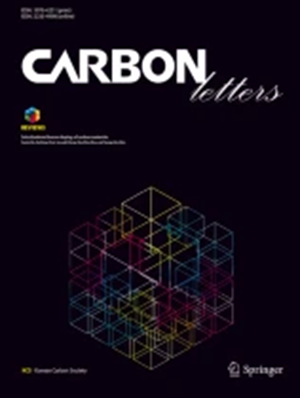Development and evaluation of machine-learned interatomic potentials for carbon nanotubes for molecular dynamics simulations
Abstract
The prime objective of this computational study was to develop a highly accurate potential for the use of molecular dynamics (MD) simulations of carbon nanotubes (CNTs). This potential was generated using ab initio MD (AIMD) simulations based on density functional theory (DFT). Subsequently, we constructed machine-learned interatomic potentials (MLIPs) based on moment tensor potential (MTP) descriptors using AIMD trajectories as training data. The performance of the developed MLIPs was evaluated by conducting the MD simulations of the stress–strain responses of single-walled CNTs (SWCNTs) and defected SWCNTs (D-SWCNTs) under tensile loading. Furthermore, this work includes extensive MLIP-based MD simulations to examine the influence of diameter and chirality, temperature, and defect concentration on the fracture characteristics and Young’s modulus of SWCNTs. The findings demonstrate the computational reliability and transferability of the MLIPs in predicting the mechanical properties of SWCNTs through MD simulations performed over a temperature range of 1 K to 2000 K. The observed stiffnesses correspond to Young’s modulus ranging from 1.61–0.53 TPa with a mean value of 0.936 TPa for different SWCNTs with diameters ranging from 1.1–2.89 nm and temperatures spanning from 1 to 2000 K, exhibiting a noticeable dependence on chirality.

 求助内容:
求助内容: 应助结果提醒方式:
应助结果提醒方式:


